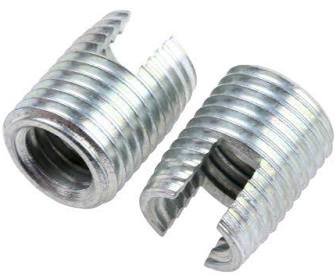dhays
Guru
- Joined
- May 26, 2015
- Messages
- 9,045
- Location
- United States
- Vessel Name
- Kinship
- Vessel Make
- North Pacific 43
Thanks Mike,
Yeah, I was hoping to get up your way last year but COVID nixed that. So far it doesn’t look good for this year either. I’m taking a couple weeks in August and if we can’t get to BC, I’ll putz around the South Sound again this year.
I keep playing with different ideas based on all the good ideas that folks are giving me. I have plenty of time as the new RIB won’t be available until August (hopefully) so I can experiment in the mean time.
Yeah, I was hoping to get up your way last year but COVID nixed that. So far it doesn’t look good for this year either. I’m taking a couple weeks in August and if we can’t get to BC, I’ll putz around the South Sound again this year.
I keep playing with different ideas based on all the good ideas that folks are giving me. I have plenty of time as the new RIB won’t be available until August (hopefully) so I can experiment in the mean time.

